There is a new Scrum Guide published by the two inventors of Scrum: Ken Schwaber and Jeff Sutherland. This is the second revision since the first publication in 2010.
We have taken a detailed look at the new Scrum Guide and explain the main new features. All new features can also be found in our "Ultimate Scrum Guide 3.0" included.
But what are the new features? What do they mean for you?
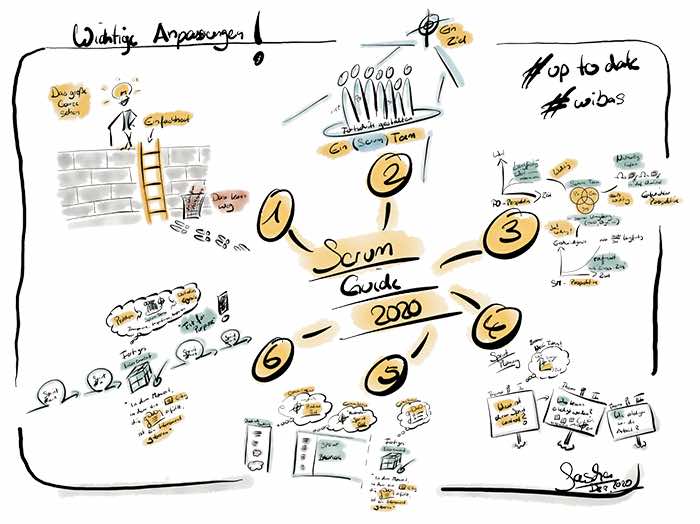
Back to simplicity
The new Scrum Guide is easy to read. It is concise and precisely formulated and contains few rules. Complex descriptions of specifications and techniques have been omitted. Instead, there is a return to the Scrum values and a focus away from the HOW and towards the WHY?
Looking at the big picture instead of the individual parts
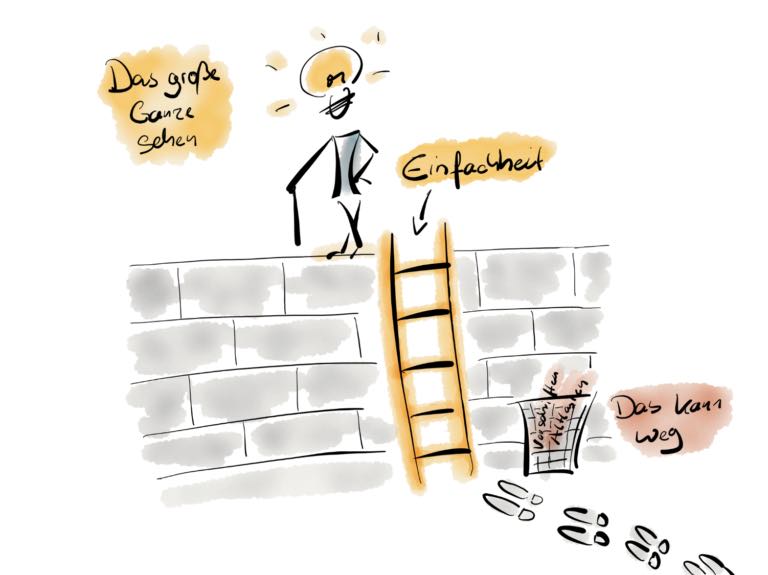
The Scrum team and its commitments are at the forefront. Empiricism and lean thinking are key to tackling the complexity of the digital world. Scrum builds on this. We learn through experience and by continuously inspecting and adapting. This requires transparency. These three elements form the foundation of Scrum.
The product goal is now defined. And in each sprint, there is concrete progress towards achieving the product goal.
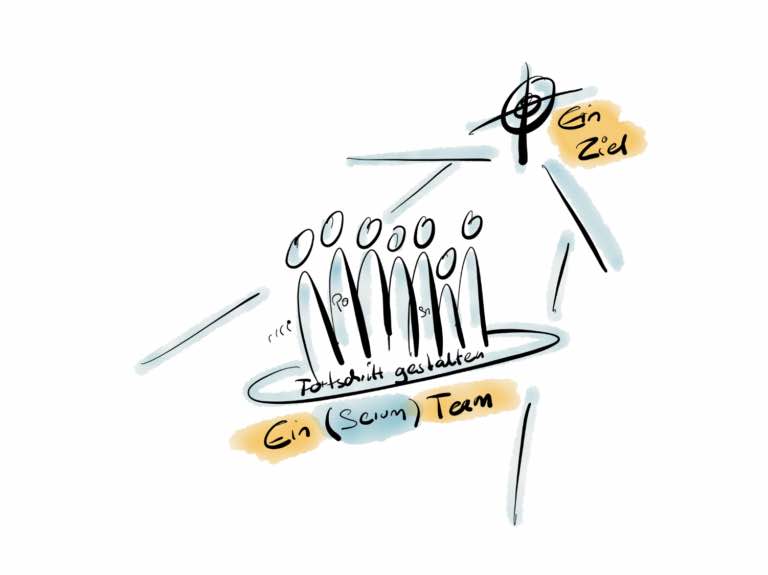
The Scrum team is committed to achieving the goal and supporting each other in doing so. The Scrum team is cross-functional, meaning that the members have all the necessary skills to deliver value to the customer every sprint. They are self-managing, i.e. they decide who does what, when and how. The scrum team is responsible for all product-related activities as a team. There is no longer a "development team", but only people who work towards a common goal from three different perspectives: PO, ScM and developer. The term developer can be interpreted differently depending on the situation.
Roles offer prospects in team sports
This is not about RACI (a technique for analyzing and presenting responsibilities), but about achieving a goal together.
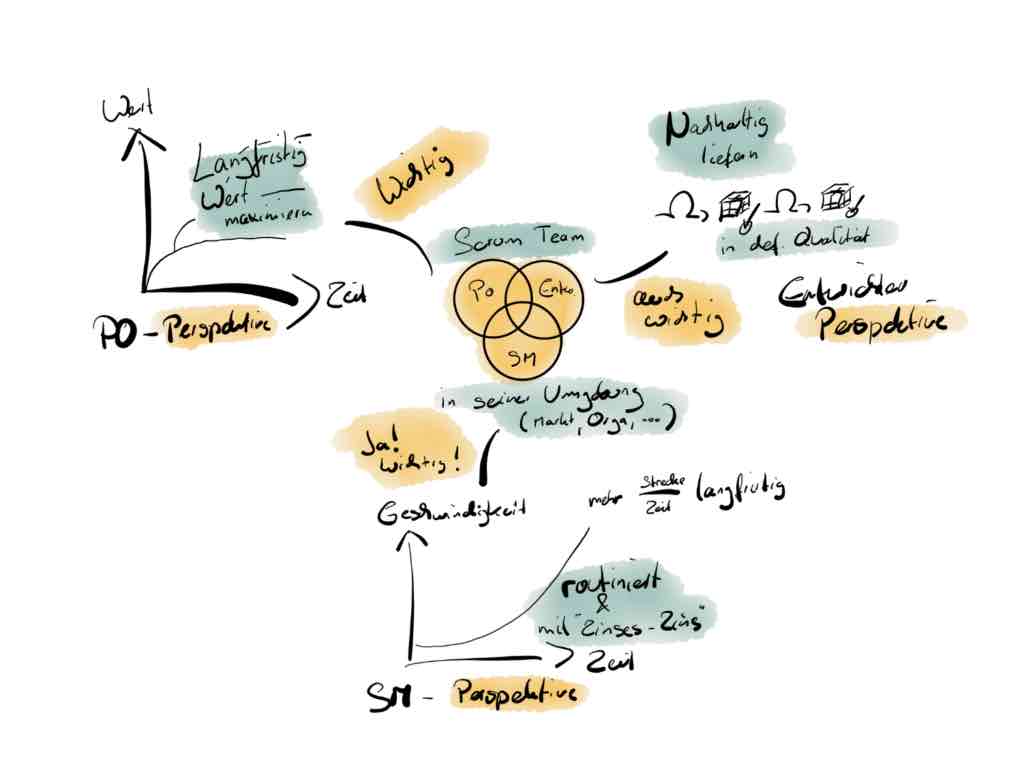
The scrum team transforms a selection of the work during a sprint into an increment of value for the customer. If the Product Owner or the Scrum Master actively work on elements of the Sprint Backlog, then they are now also developers.
Every Scrum event is an opportunity for transparency, inspection and adaptation
There are 3 questions for sprint planning. In addition to the already known questions of sprint planning: What can be done? and How do we get the work done? creates: Why is this sprint valuable? or even more directly: What is this sprint for? the meaning for the sprint and thus forms the basis for the following questions. This places the focus on a value-creating result (outcome).
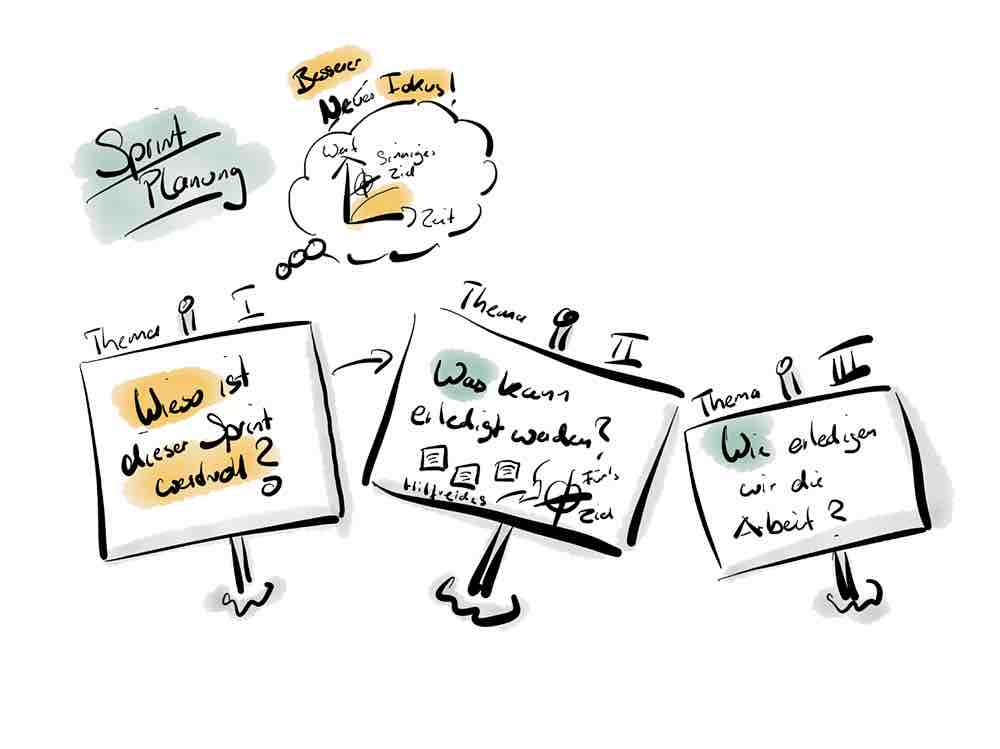
Three commitments for three artifacts
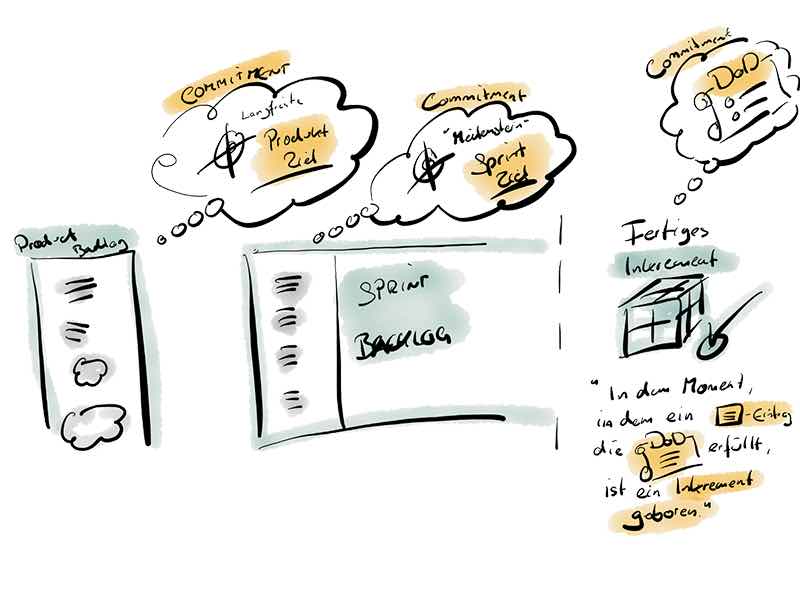
- The product goal is a commitment to the product backlog
- The sprint goal is a commitment to the sprint backlog
- The Definition of Done (DoD) is a commitment to the product Increment
Visible progress towards jointly agreed goals
Last but not least. The Scrum Guide 2020 focuses on the continuous flow of VALUABLE results. It is about regular delivery in sprints instead of "choppy sprints" or "small waterfalls". The Scrum Guide describes this almost poetically: "whenever a product backlog item (PBI) fulfills the DoD, a new increment is born".
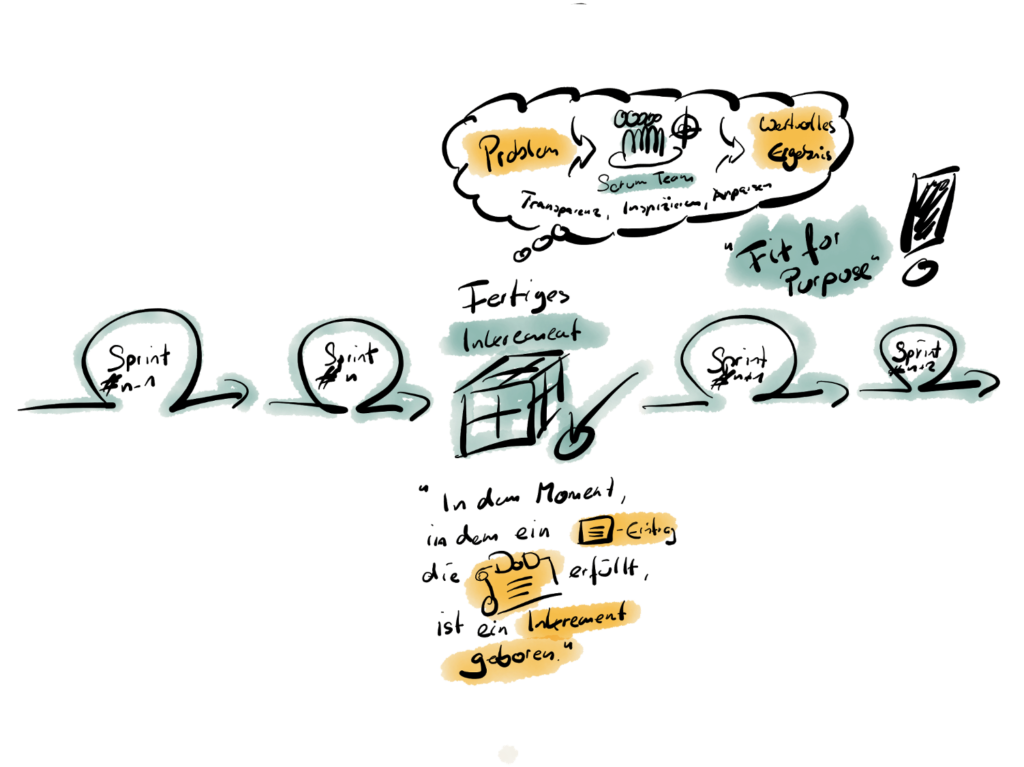
Here you can find the Scrum Guide for downloadin a wide variety of languages.

Write a comment